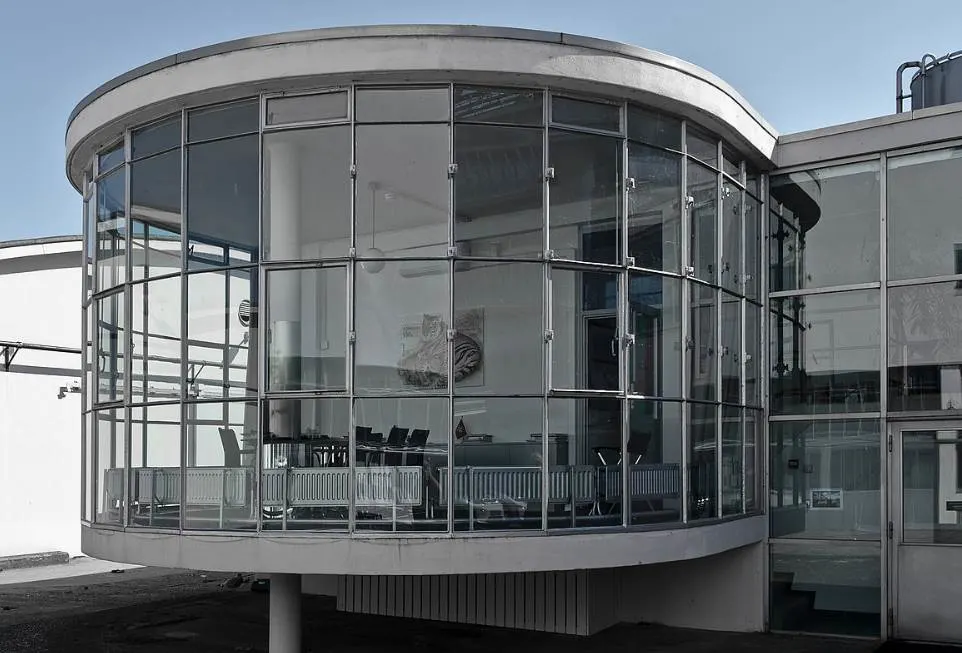It’s hard to believe that a factory could be described as one of the most beautiful structures ever built, but this is exactly what happened to this International Style building.
This factory very immensely influential in the history of architecture and has therefore been designated a UNESCO World Heritage site in 2014.
In this article, we’ll take a closer look at some of the most interesting facts about the Van Nelle Factory, an incredible building in Rotterdam.
1. It’s located in an industrial neighborhood in the western part of Rotterdam
Rotterdam is the second-most populous city in the Netherlands and one of the most important port cities in the world. That’s because it’s home to the largest seaport in Europe.
The city is located in the province of South Holland in the southwestern part of the country and is situated in the Rhine–Meuse–Scheldt delta.
Because of the proximity of the major port, large industrial areas have been established in the western part of the city.
Every area is directly connected to the port of Rotterdam via various waterways, including the Schie. The Van Nelle Factory is located on the Delfshavense Schie, one of these waterways located in the Spaanse Polder industrial zone.

2. The factory building was completed in the early 1930s
The 1920s were an exciting period in history, sometimes referred to as the “Roaring Twenties.” This period was very important in the development of modern architecture.
It wasn’t the only time that the Netherlands played a major role in this development. The Dutch Republic was the forerunner in various fields in the 17th century as well, a period known as the Dutch Golden Age.

The Van Nelle Factory was commissioned by Cees van der Leeuw (1890-1973), a Dutch industrialist who was co-owner of the factory.
The first stone of this amazing factory building was laid in 1925 and it was completed and operational by 1931.
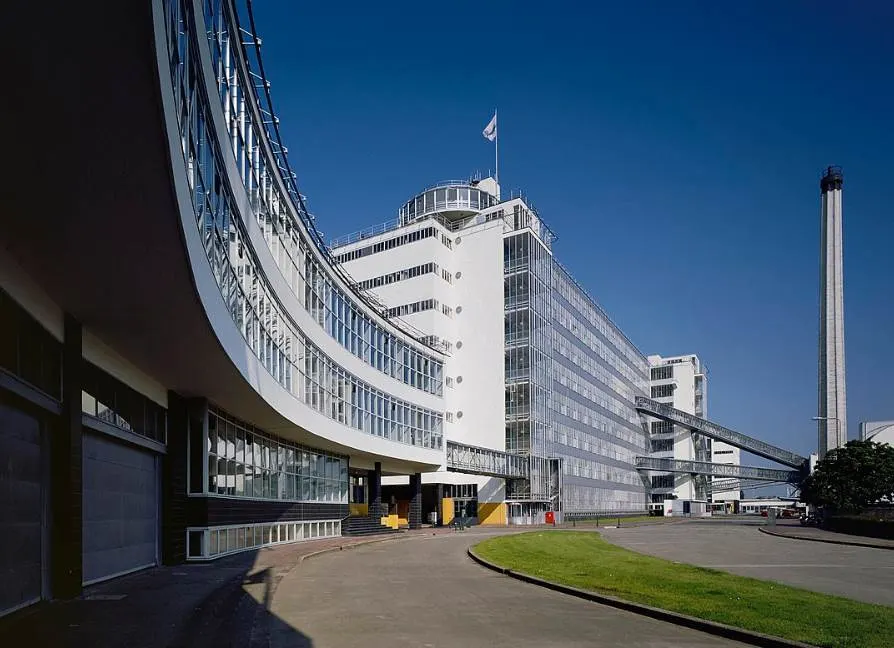
3. It was designed by a renowned Dutch architect
Van der Leeuw hired a Dutch architect named Leendert van der Vlugt (1894-1936) to complete this project.
He was working at a Dutch architectural firm he partially owned named Brinkman & Van der Vlugt. Johannes Brinkman (1902-1949) was his partner and another influential Dutch modern architect.
Another important man related to this project was Mart Stam (1899-1986), a man who taught at the prestigious Bauhaus School and who introduced Russian Constructivism to the Netherlands.
This influence reflects in the design of the Van Der Nelle Factory by Leendert van der Vlught who incorporated a lot of steel and glass into his design.
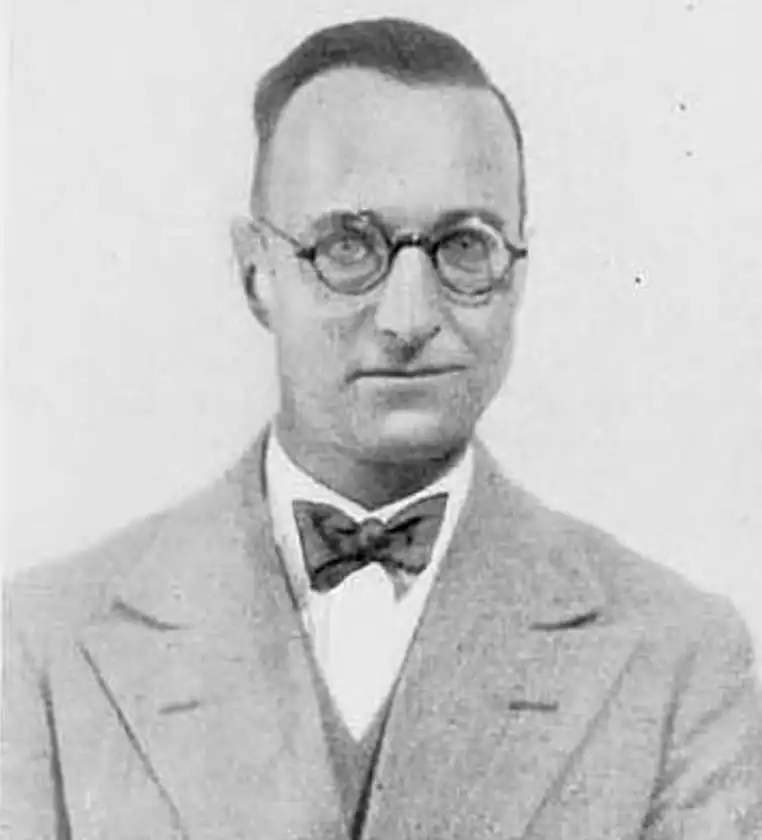
4. The Dutch have their own name for this type of architectural style
Many new types of modern architecture emerged in the Netherlands in the 1920s. This particular style of functionalist architecture is referred to as “Nieuwe Bouwen” in Dutch.
Mart Stam, Leendert van der Vlugt, and Johannes Duiker were the most prominent architects of this style which translates to “New Building” (as in “a New Way of Building”).
It was clearly a style that was highly influential and very much appreciated. Cees van der Leeuw’s partners at the Van Nelle Factory, Matthijs de Bruyn and Bertus Sonneveld, instantly commissioned private residences from Leendert van der Vlugt.
One of these now referred to as the “Sonneveld House in Rotterdam” is a house museum that allows you to take a peek inside so you can discover the various aspects of this functionalist style.

5. The Van Nelle Factory was instantly admired by other famous architects
The owners of the factory were not the only people who were impressed when this magnificent structure in Rotterdam was completed.
British architect Sir Howard Robertson (1888-1963) referred to it as:
A poem in steel and glass.
Swiss architect Charles-Édouard Jeanneret (1887-1965), better known by his nickname “Le Corbusier,” referred to it as:
The most beautiful spectacle of the modern age.
Modern architecture was not as widespread as it is today so I can surely imagine that people were very impressed with this building, especially when it was illuminated at night.
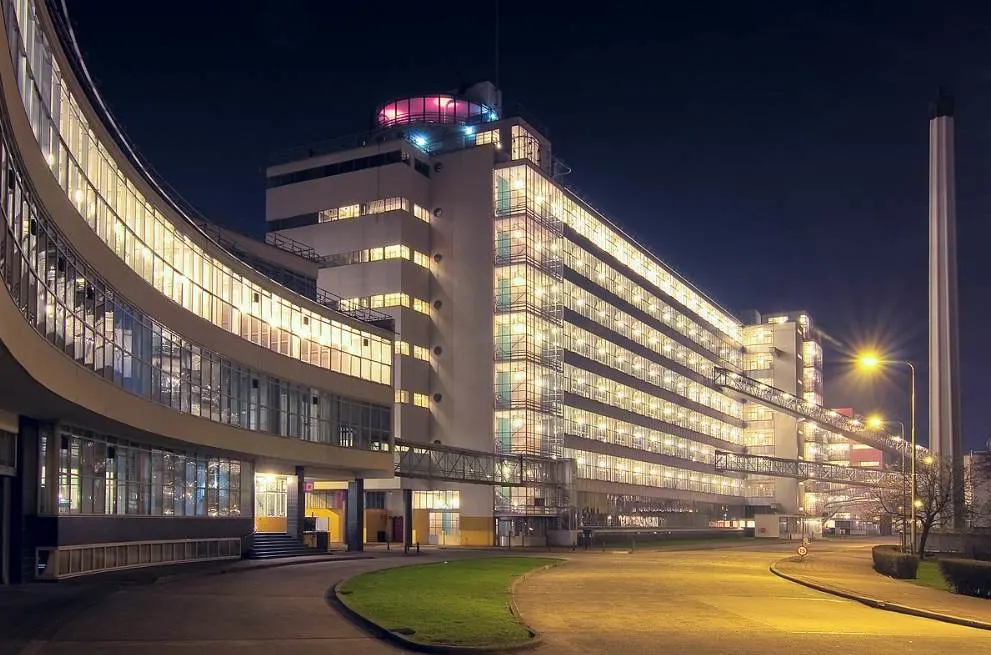
6. The factory was used for a wide variety of purposes throughout its history
This type of functional architecture was not meant to impress people because of its beauty but because it served its purpose as effectively as possible.
That’s exactly what it did because it was used as a factory that processed coffee, tea, and tobacco during the first decades.
Later on, other products such as chewing gum, cigarettes, instant pudding, and rice were also processed here. Yes, this was a bustling place for the majority of the 20th century.
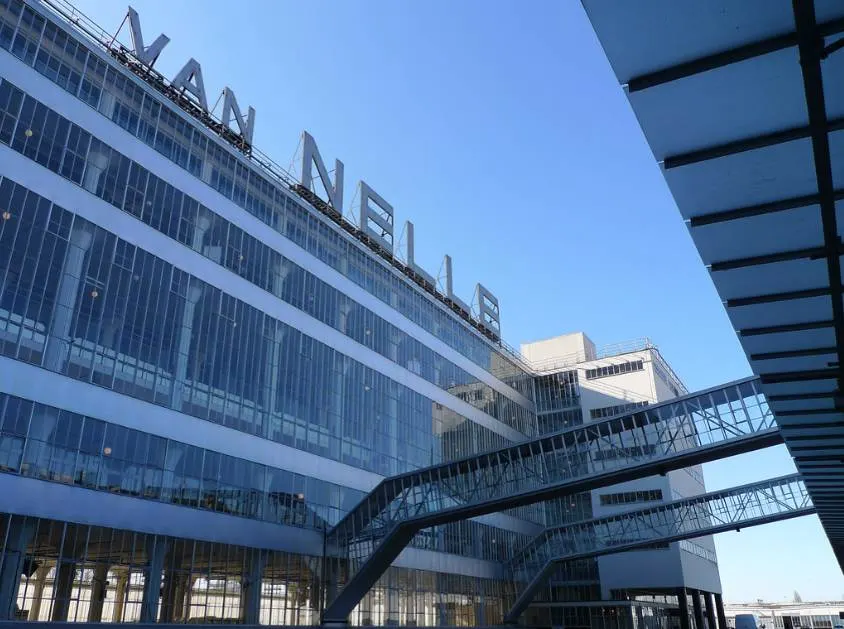
7. The building was completely renovated in the early 21st century
Despite being functional, modern architecture isn’t exactly known for its durability. Le Corbusier’s Villa Savoye, for example, became nearly uninhabitable after less than a decade.
The building was in urgent need of a makeover in the late 20th century and plans to repurpose the building were made in the 1990s.
The factory stopped operating in 1996 and the renovation was started in 2000.
Upon completion, the name was changed to “Van Nelle Ontwerpfabriek” or “Van Nelle Design Factory,” a reference to its use as a space for architects and design companies.

8. This UNESCO World Heritage site is now used as a workspace by several companies
The current owner of the factory is the Virgata Group, a real estate and investment company that offers the repurposed factory to any company that needs a modern workspace.
Meetings, conventions, and other business-related events can be scheduled in this factory that became a UNESCO World Heritage site in 2014.
The organization describes the factory as follows:
It embodies the new kind of factory that became a symbol of the modernist and functionalist culture of the inter-war period
